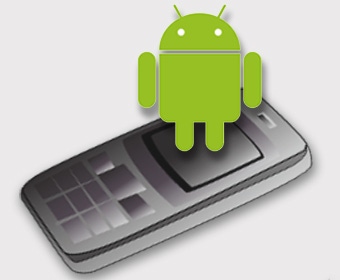Femtocell supporters are looking to the Android handset platform to help drive a business case for the technology, on Wednesday unveiling a multi desktop app that changes in proximity of a femtocell.
May 6, 2009

On Wednesday, femtocell supporters unveiled a multi desktop app for the Android platform that changes in proximity to a femtocell.
3G femtocell builder Ubiquisys has teamed up with software developer Intrinsyc to create a handset interface for Google’s Android platform that changes according to the user’s location.
UX-Zone incorporates femtocell presence triggers from the Ubiquisys FemtoApps initiative and switches over to the Android desktop when the handset automatically switches over from the outside network to the femtocell. The femto-themed home screen could display new icons for high bandwidth entertainment services like video streaming, social networking and home network integration, which would not be present when the user is on the macro network.
Ubiquisys also said that the UX-Zone application could be adopted by enterprises or businesses to provide a customised or themed home screen on Android gadgets when on campus or within a certain building or even a store.
Leaning on research released on behalf of the Femto Forum last month, backers of the technology claim that even with conservative assumptions, the customer lifetime value of a femtocell user increases by as much as 125 per cent or more.
Moreover, a European operator wanting to provide a reliable 2.5Mbps in-building service, could do so for €320 per household using femtocells, compared to the macro cellular network alone, which would cost €900.
At a time when carriers are looking at ways of managing the costs associated with the growing adoption of ‘unlimited’ mobile data packages, Signals Research Group reckons there to be considerable savings associated with offloading traffic via femtocells. The study found that the cost savings associated with offloading as little as 1.4GB of HSPA data or 1.3GB of EV-DO Rev A data per month via a femtocell would justify the operator offering a subscriber a free femtocell.
About the Author(s)
You May Also Like








.png?width=300&auto=webp&quality=80&disable=upscale)


_1.jpg?width=300&auto=webp&quality=80&disable=upscale)


.png?width=800&auto=webp&quality=80&disable=upscale)